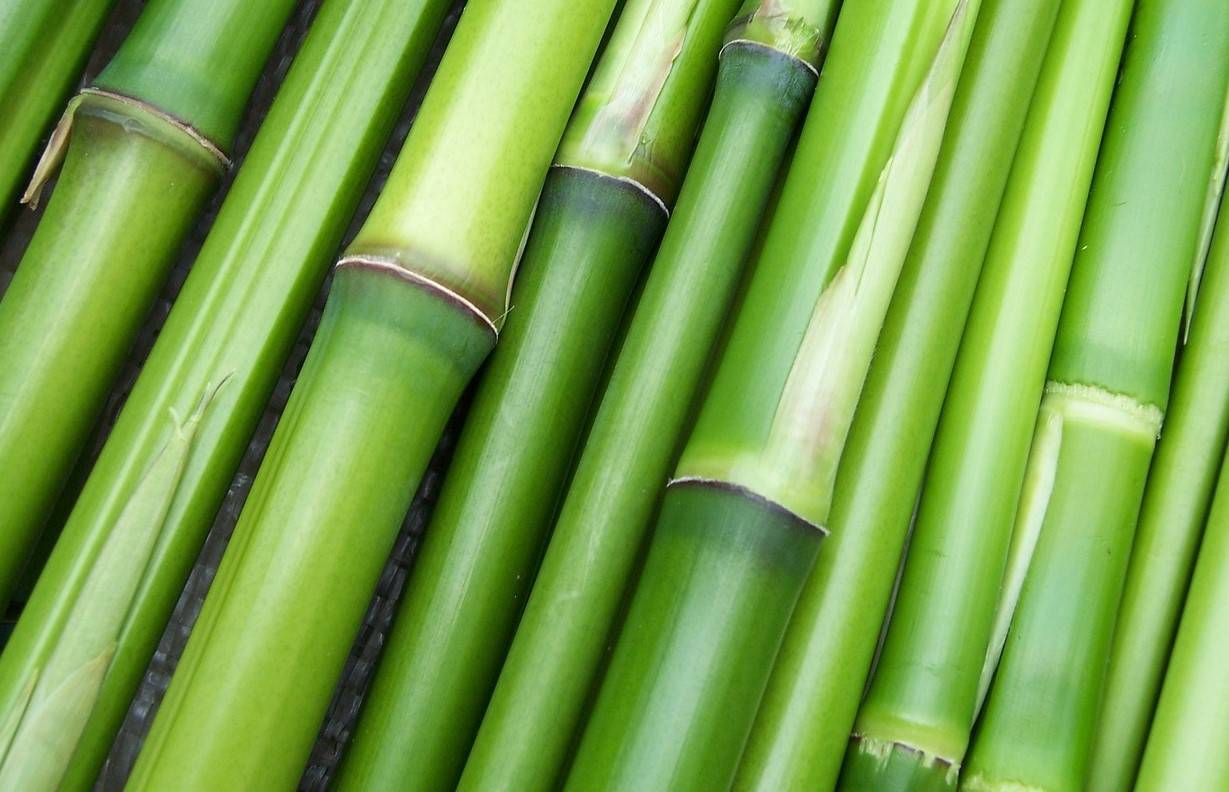
Chinese scientists have achieved a significant breakthrough by turning common bamboo into a transparent, water- repellent and fire-resistant material. This innovative material, which also suppresses smoke, could soon challenge traditional glass in the construction industry.
For decades, silica glass has been the preferred choice for transparent, strong building materials like windows. Despite its strength and transparency, glass is not particularly sustainable; it's heavy and brittle, and its production process is harmful to the environment. Global glass production reached approximately 130 million tons in 2020, highlighting its widespread use but also its environmental impact due to high CO2 emissions and the non-biodegradability of glass waste.
Professors Yiqiang Wu and Caichao Wan, along with their team at Central South University of Forestry and Technology (CSUFT), have made significant strides in creating a more sustainable alternative. Their research, published in the Journal Research titled ,"A Novel Flame-Retardant, Smoke-Suppressing, and Superhydrophobic Transparent Bamboo", details how they developed a transparent material from bamboo, a renewable resource with a rapid growth rate. Bamboo can be harvested for use in as little as 4 to 7 years, making it an efficient and sustainable option.
The process involves chemically removing the lignin from bamboo fibers, and then treating the material with substances like plexiglass or epoxy. This transforms the bamboo into a transparent material that is as strong as glass and provides good thermal insulation while being lighter. Additionally, the material features a three-layered flame-retardant barrier, significantly enhancing its safety by reducing heat release, slowing flame spread, and restraining the emission of toxic smoke and carbon monoxide.
One of the standout features of this transparent bamboo is its environmental benefits. Unlike traditional glass, which can take millions of years to decompose, bamboo is biodegradable and its production process is far less harmful to the environment. Furthermore, the new bamboo material has a light transmittance of 71.6% and boasts impressive mechanical properties with a bending modulus of 7.6 GPa and a tensile modulus of 6.7 GPa.
The potential applications for this material are vast. It could replace glass in windows and other transparent building elements, offering a more sustainable and safer option. Additionally, when used as a substrate for perovskite solar cells, the transparent bamboo acts as a light management layer, increasing the cells' power conversion efficiency by 15.29%.
This advancement in bamboo technology addresses several limitations associated with transparent wood, such as the susceptibility to fire and global wood scarcity. With its rapid regeneration rate and higher output per acre compared to wood, bamboo presents a viable solution to the increasing demand for sustainable building materials.
As the construction industry continues to seek eco-friendly solutions, transparent bamboo may soon become a key player in building the sustainable cities of the future.
















